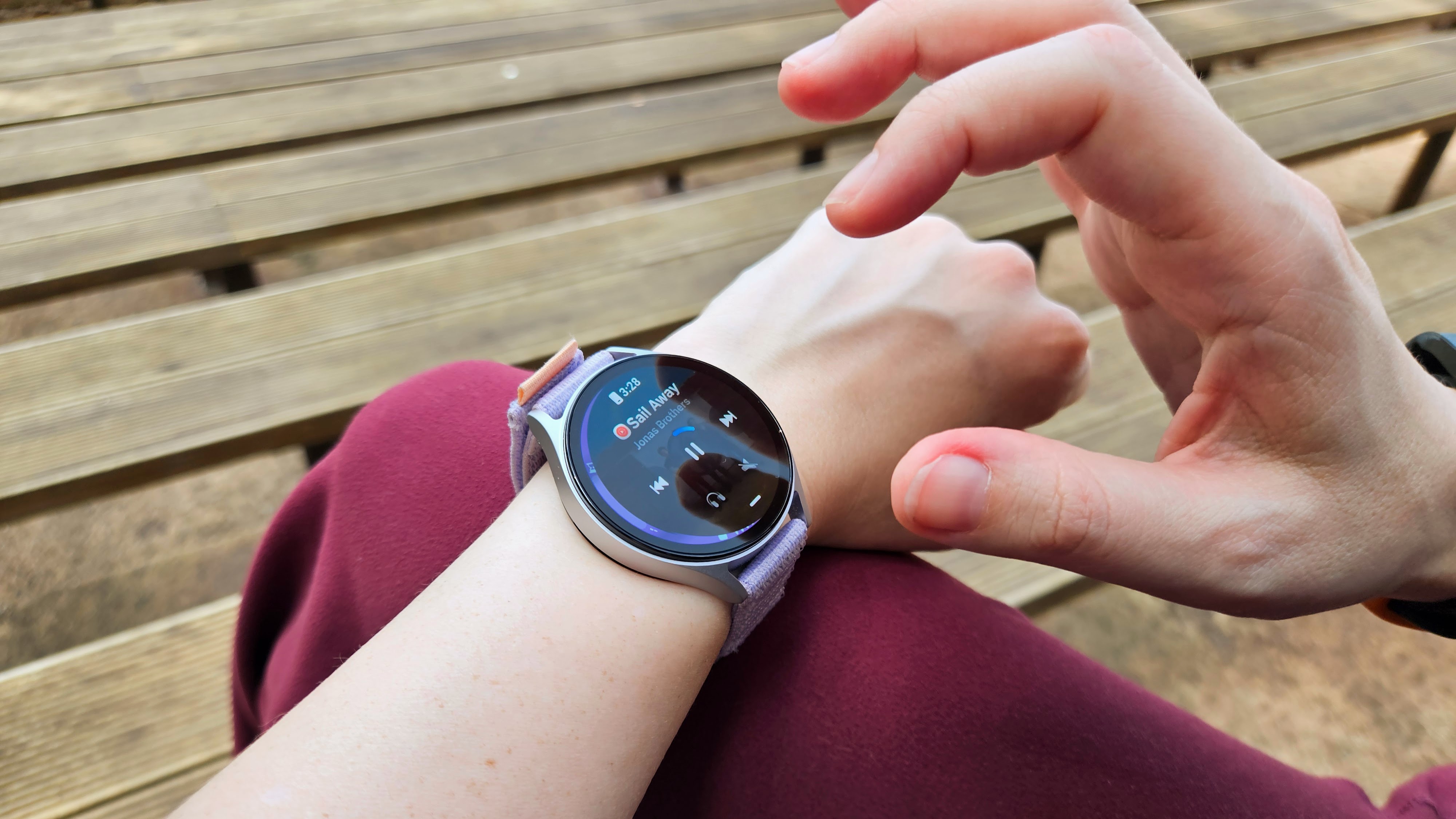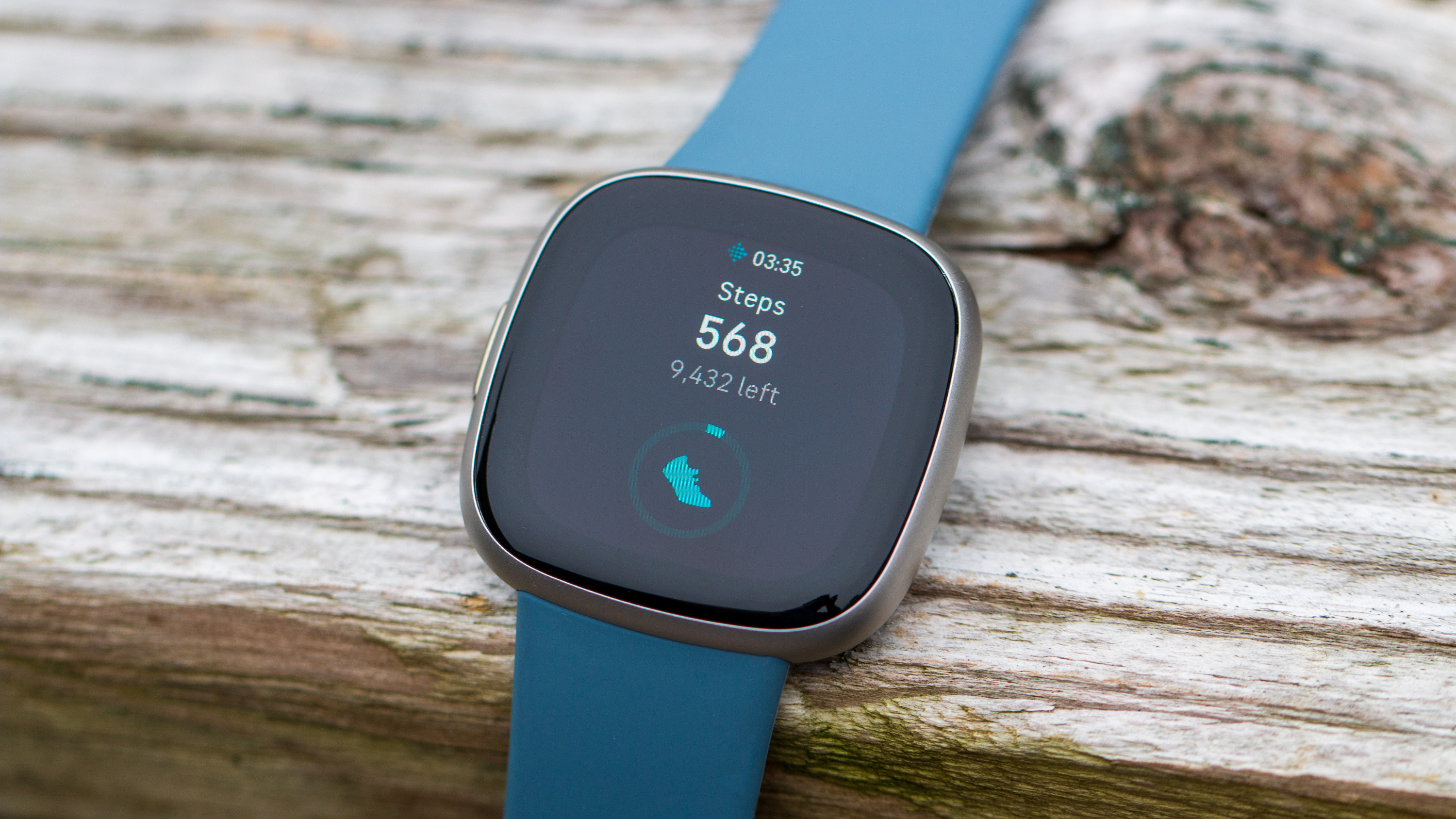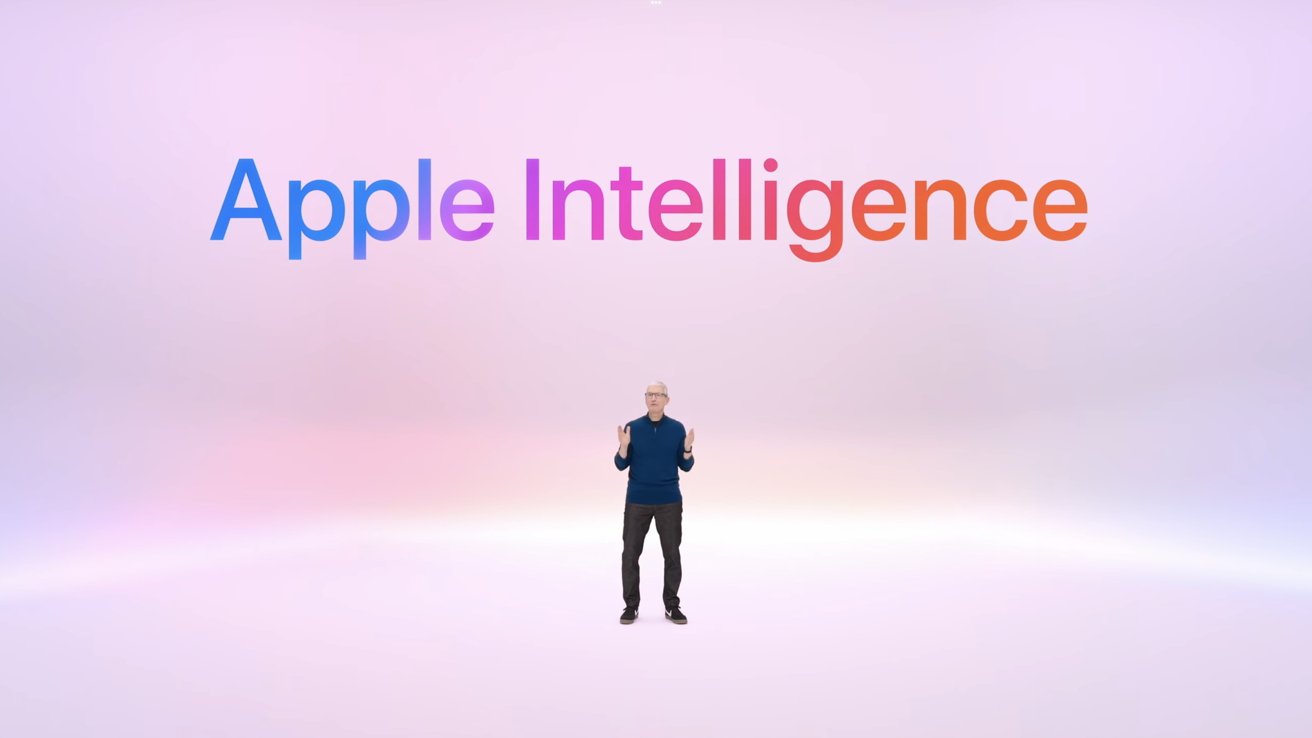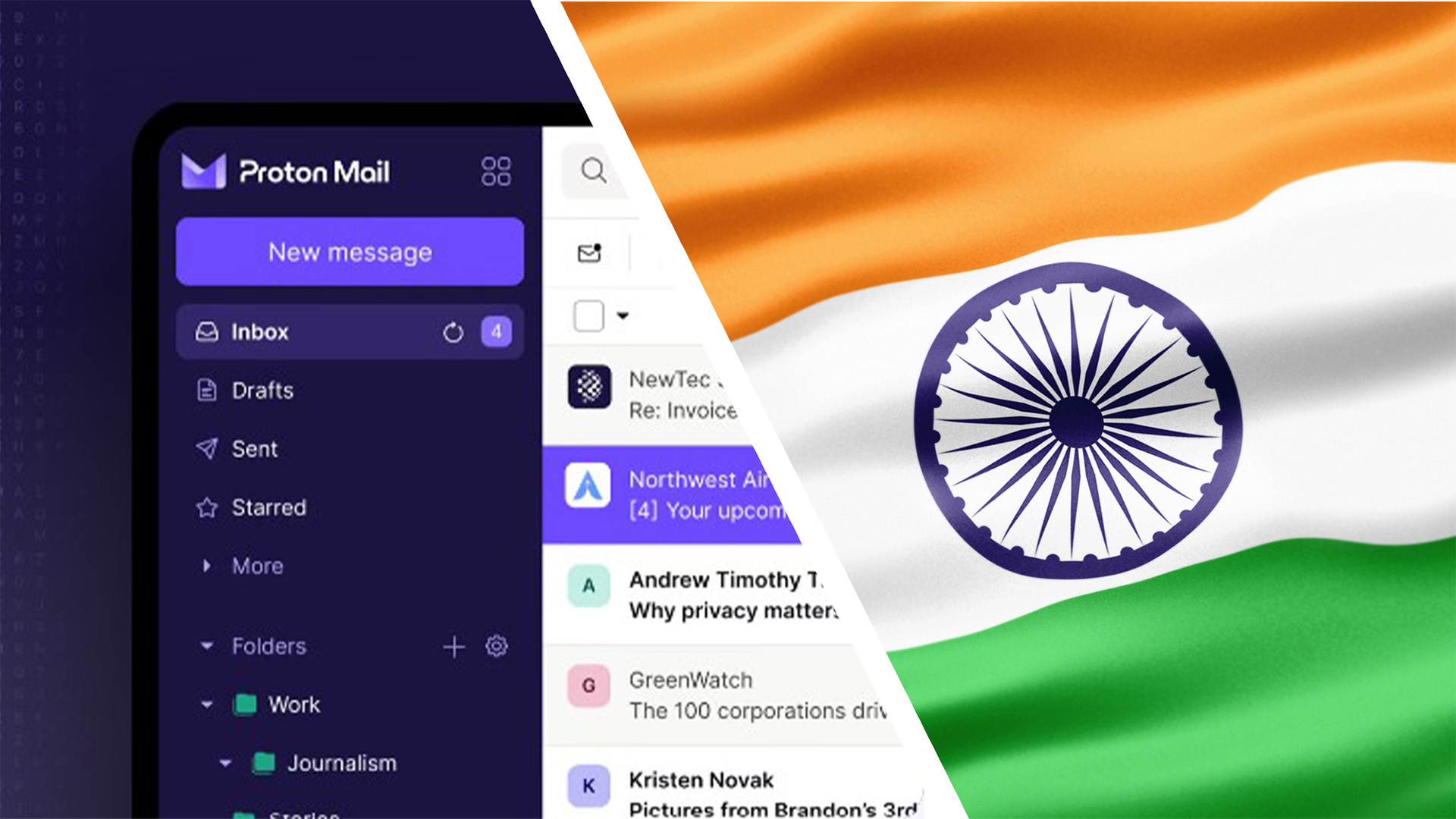The Download: stereotypes in AI models, and the new age of coding
This is today’s edition of The Download, our weekday newsletter that provides a daily dose of what’s going on in the world of technology. This data set helps researchers spot harmful stereotypes in LLMs What’s new? AI models are riddled with culturally specific biases. A new data set, called SHADES, is designed to help developers combat the…

This is today’s edition of The Download, our weekday newsletter that provides a daily dose of what’s going on in the world of technology.
This data set helps researchers spot harmful stereotypes in LLMs
What’s new? AI models are riddled with culturally specific biases. A new data set, called SHADES, is designed to help developers combat the problem by spotting harmful stereotypes and other kinds of discrimination that emerge in AI chatbot responses across a wide range of languages.
Why it matters: Although tools that spot stereotypes in AI models already exist, the vast majority of them work only on models trained in English. They identify stereotypes in models trained in other languages by relying on machine translations from English, which can fail to recognize stereotypes found only within certain non-English languages. To get around these problematic generalizations, SHADES was built using 16 languages from 37 geopolitical regions. Read the full story.
—Rhiannon Williams
MIT Technology Review Narrated: The second wave of AI coding is here
A string of startups are racing to build models that can produce better and better software. They claim it’s the shortest path to AGI.
This is our latest story to be turned into a MIT Technology Review Narrated podcast, which we’re publishing each week on Spotify and Apple Podcasts. Just navigate to MIT Technology Review Narrated on either platform, and follow us to get all our new content as it’s released.
The must-reads
I’ve combed the internet to find you today’s most fun/important/scary/fascinating stories about technology.
1 Meta has launched its standalone AI app to rival ChatGPT
The Meta AI app combines its AI assistant with a social media feed. (The Verge)
+ It’s primarily designed around voice conversations. (Bloomberg $)
+ Targeted ads are sure to follow. (TechCrunch)
2 Amazon won’t display tariff-induced price rises after all
Jeff Bezos quickly sought to reassure Donald Trump it wasn’t happening. (WSJ $)
+ Big Tech’s market value has plummeted since Trump’s inauguration. (Economist $)
+ Tech leaders’ fealty to Trump is not being repaid in kind. (Fast Company $)
3 OpenAI has rolled back an update that made ChatGPT super chatty
Users complained it had suddenly become too sycophantic. (Ars Technica)
+ Sam Altman acknowledged the problem. (Bloomberg $)
4 Huawei is rushing to fulfil chip orders from Chinese clients
Now Nvidia is no longer available, Huawei is happy to step up. (FT $)
+ The UK’s semiconductor industry is quietly bouncing back. (The Conversation)
5 The Gates Foundation is under threat
The foundation is struggling with the Trump administration’s massive cuts to foreign aid. (NYT $)
6 We’re living in a new era of deepfake fraud
Fraudsters are manipulating video calls in real time. (404 Media)
+ An AI startup made a hyperrealistic deepfake of me that’s so good it’s scary. (MIT Technology Review)
7 What happens when we burn forever chemicals?
Citizens in Connecticut are paying the price. (Undark)
+ The race to destroy PFAS, the forever chemicals. (MIT Technology Review)
8 The number of digital creators in the US has exploded
They’re the fastest-growing sector of the country’s internet-dependent jobs. (Axios)
9 Why ChatGPT sounds so American
A new study sheds light on why the chatbot lacks linguistic nuance. (Fast Company $)
10 The viral ice bucket challenge is back
More than a decade after it first swept the internet. (WP $)
Quote of the day
“I’m not interested in reading something that nobody said.”
—Emily M Bender, a computational-linguistics professor at the University of Washington, tells the Atlantic why she refuses to use AI text generators.
How close are we to genuine “mind reading?”
Technically speaking, neuroscientists have been able to read your mind for decades. It’s not easy, mind you. First, you must lie motionless within a fMRI scanner, perhaps for hours, while you watch films or listen to audiobooks.
If you do elect to endure claustrophobic hours in the scanner, the software will learn to generate a bespoke reconstruction of what you were seeing or listening to, just by analyzing how blood moves through your brain.
More recently, researchers have deployed generative AI tools, like Stable Diffusion and GPT, to create far more realistic, if not entirely accurate, reconstructions of films and podcasts based on neural activity. So how close are we to genuine “mind reading?” Read the full story.
—Grace Huckins
We can still have nice things
A place for comfort, fun and distraction to brighten up your day. (Got any ideas? Drop me a line or skeet ’em at me.)
+ Finally, some good news—Valerie the miniature dachshund has been rescued after spending 529 days in the Australian wilderness.
+ If you’re a parent or teacher who’s having to put up with constant shouts of “six seven,” rest assured you’re not alone.
+ How is The Legend of Zelda” Majora’s Mask a quarter of a century old!?
+ Meanwhile in the UK, we’re turning our front lawns into meadows.























































































![[Free Webinar] Guide to Securing Your Entire Identity Lifecycle Against AI-Powered Threats](https://blogger.googleusercontent.com/img/b/R29vZ2xl/AVvXsEjqbZf4bsDp6ei3fmQ8swm7GB5XoRrhZSFE7ZNhRLFO49KlmdgpIDCZWMSv7rydpEShIrNb9crnH5p6mFZbURzO5HC9I4RlzJazBBw5aHOTmI38sqiZIWPldRqut4bTgegipjOk5VgktVOwCKF_ncLeBX-pMTO_GMVMfbzZbf8eAj21V04y_NiOaSApGkM/s1600/webinar-play.jpg?#)









































